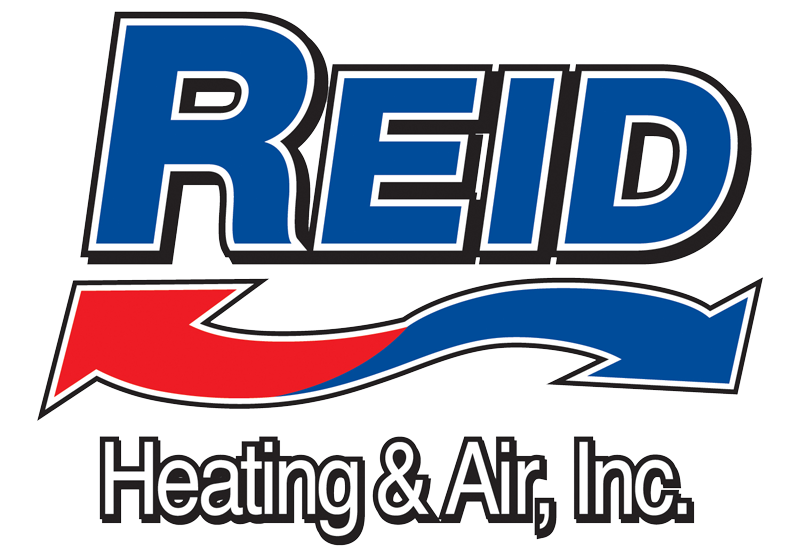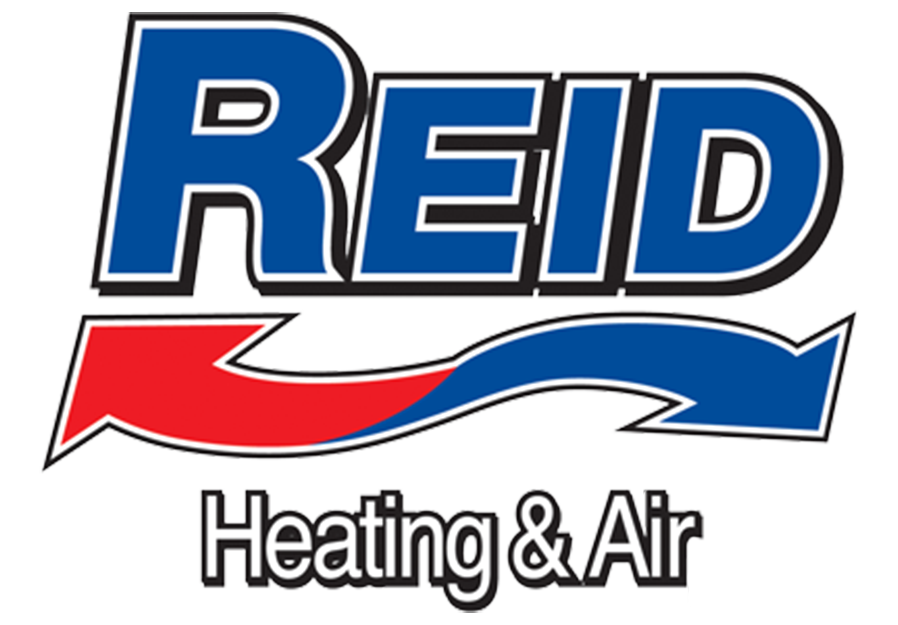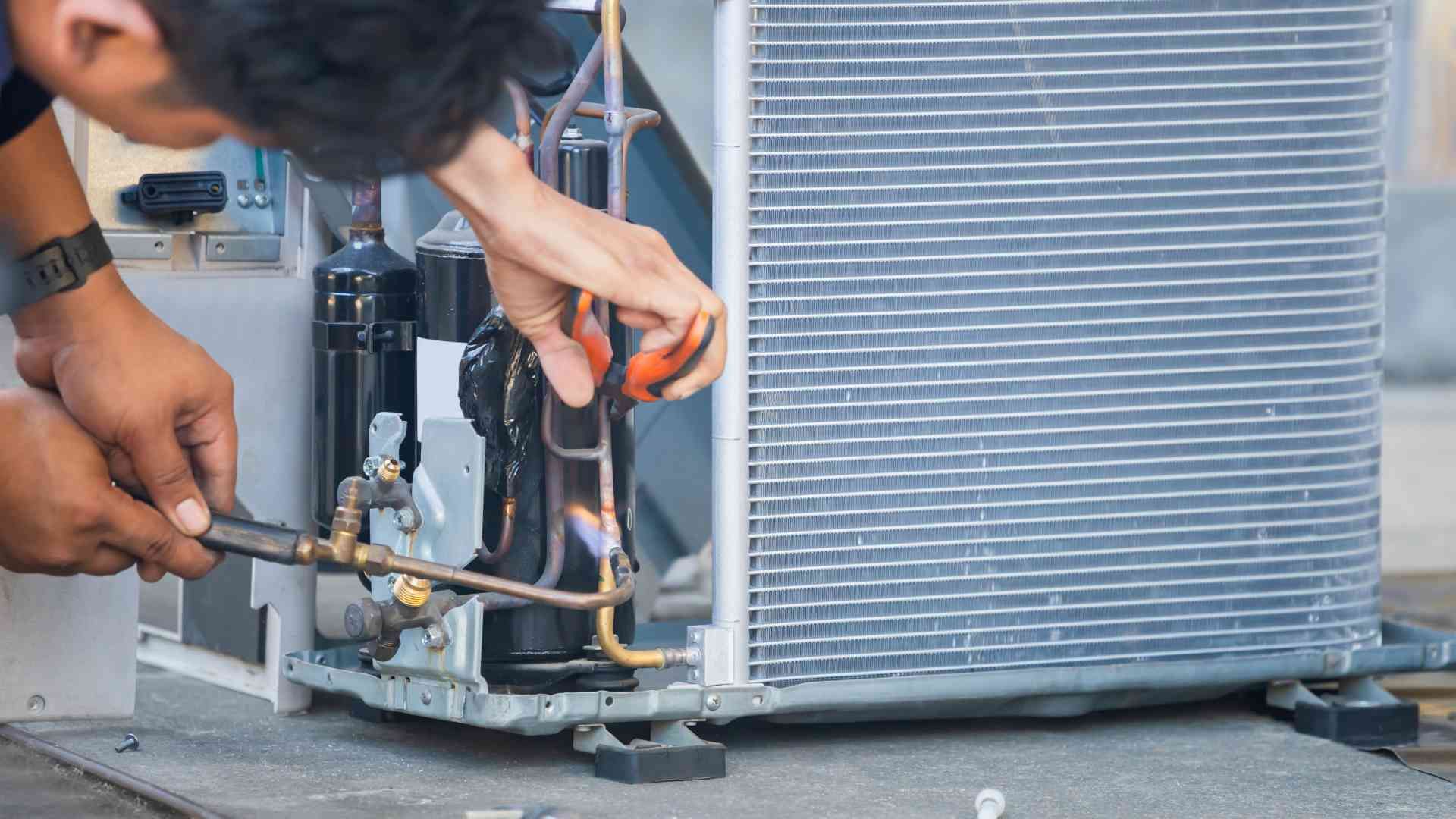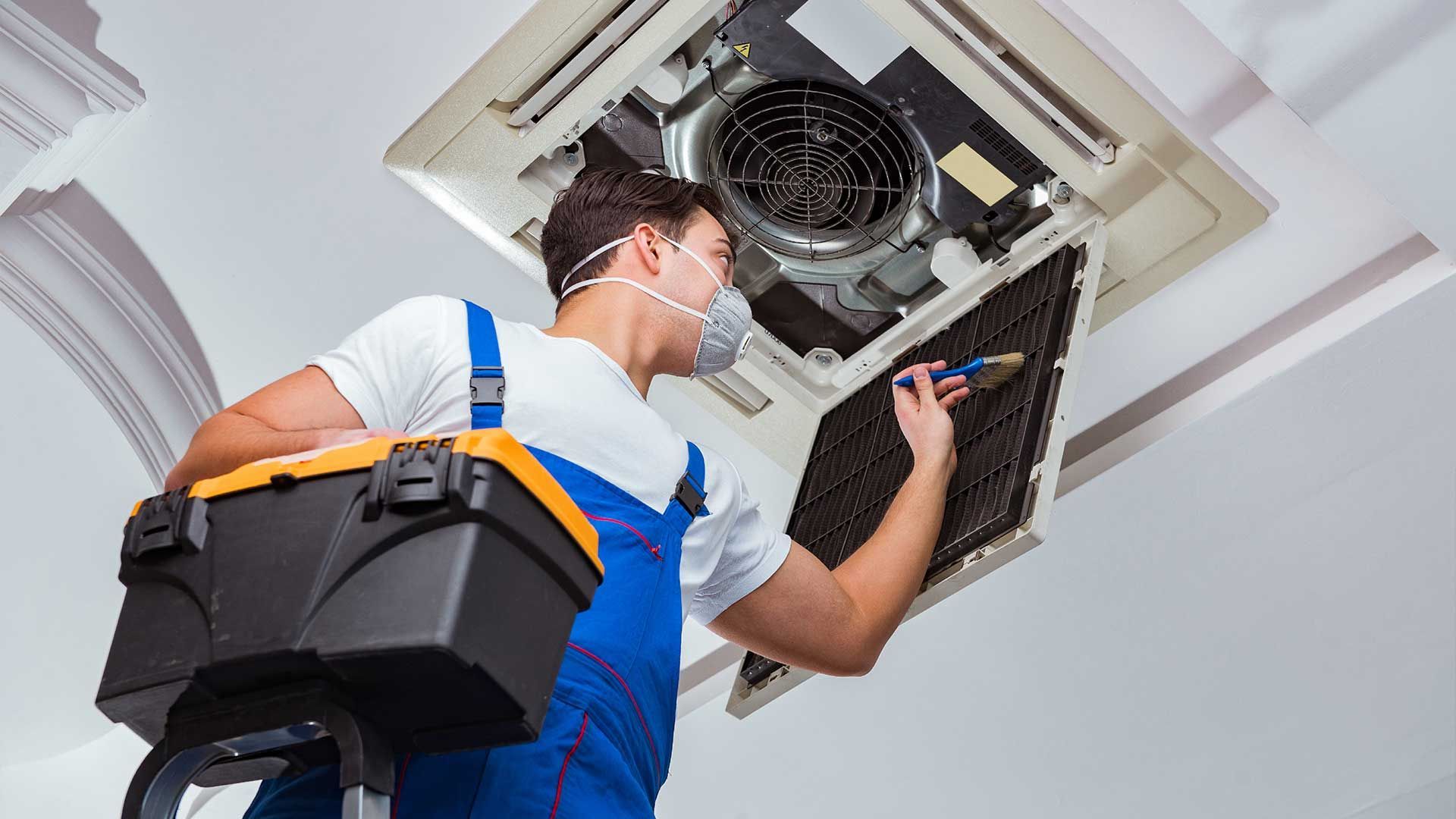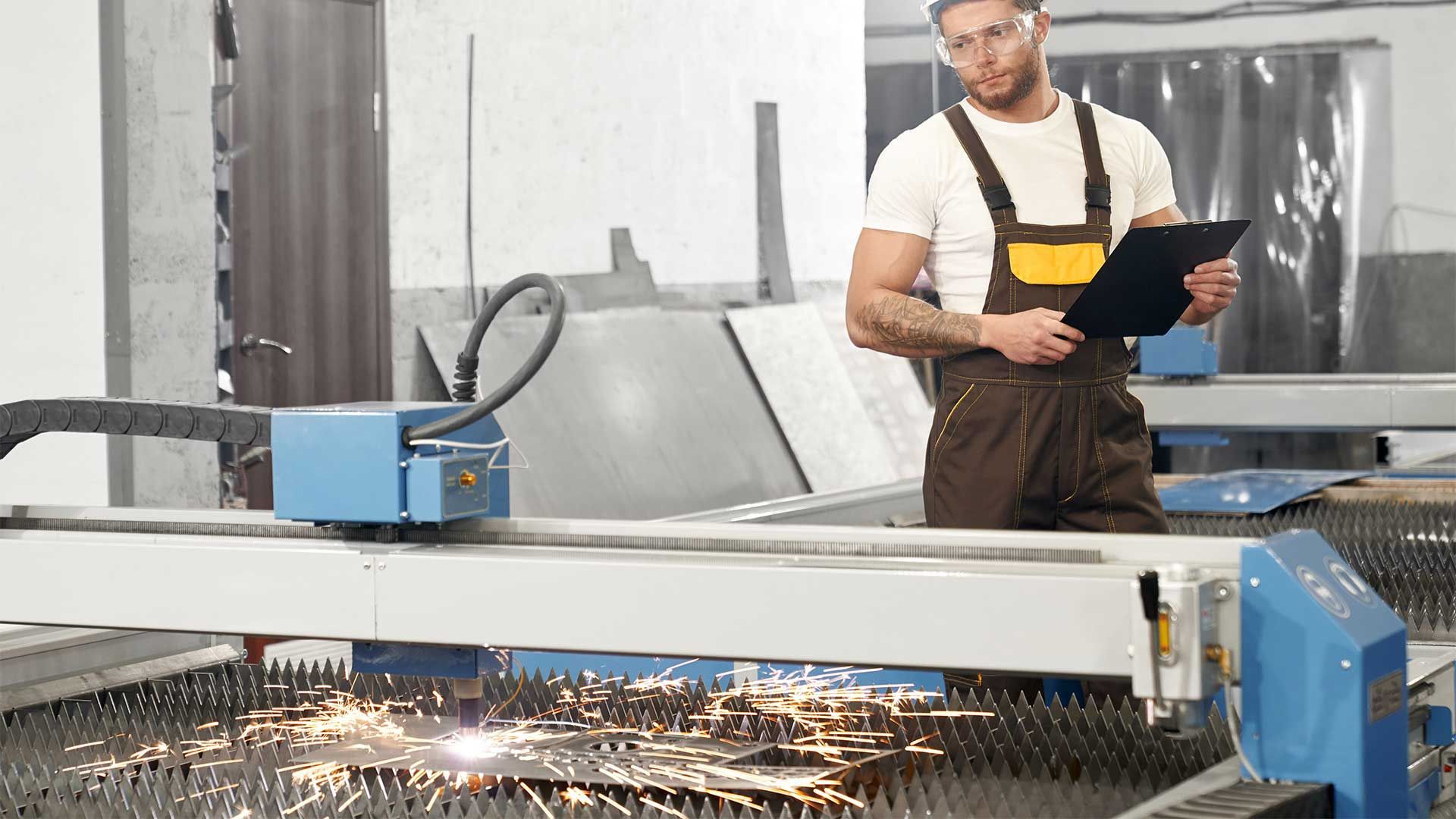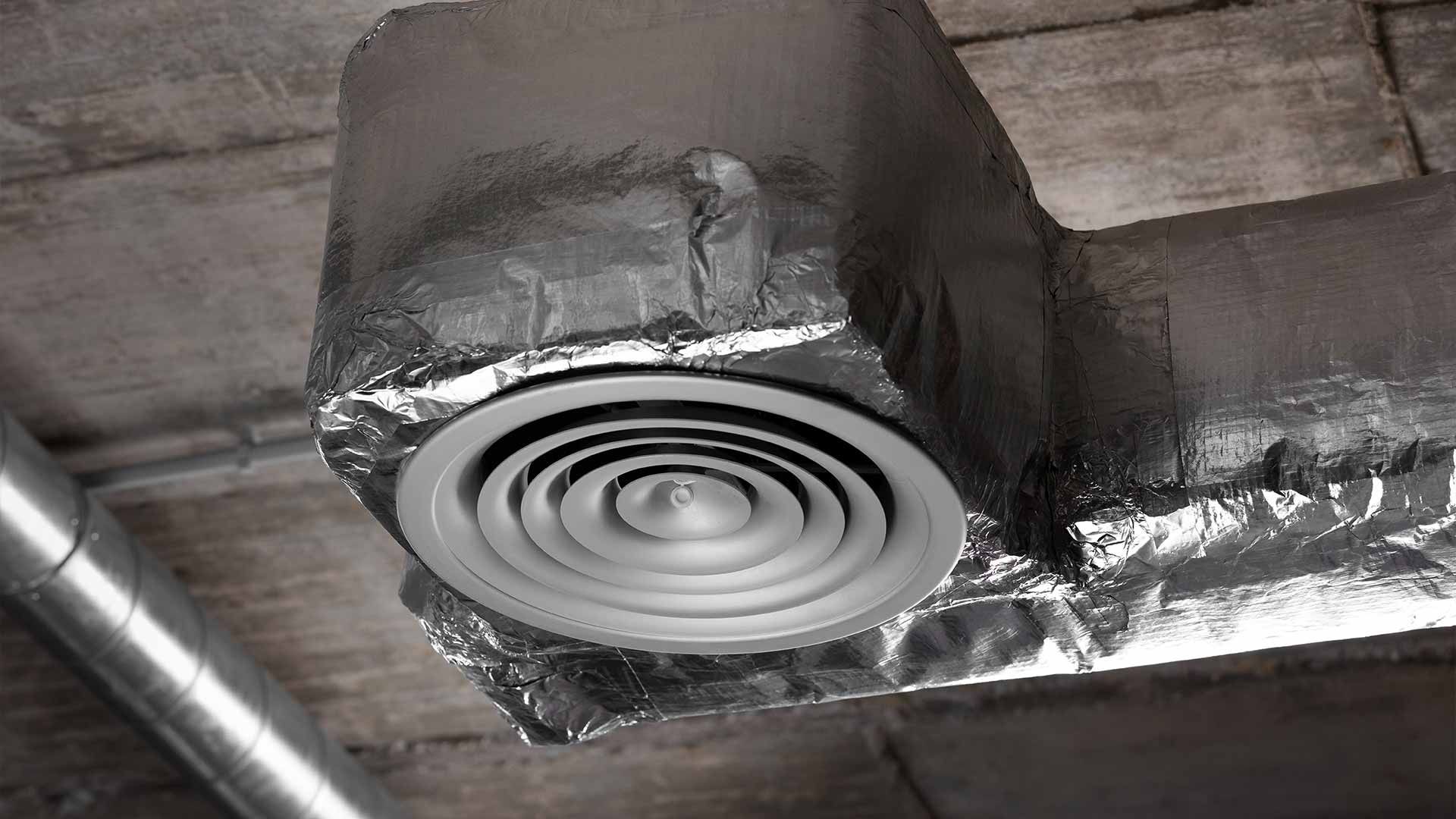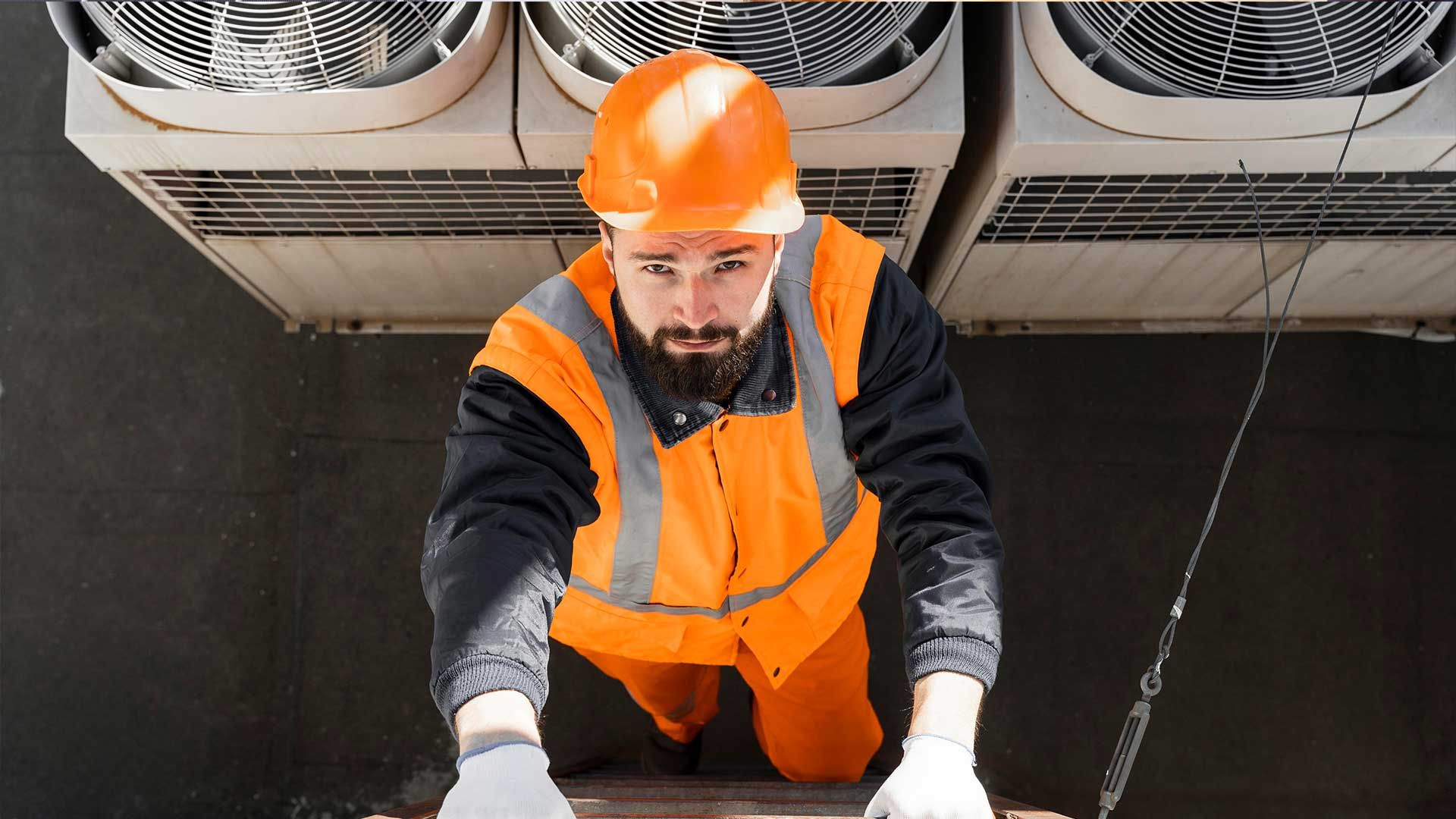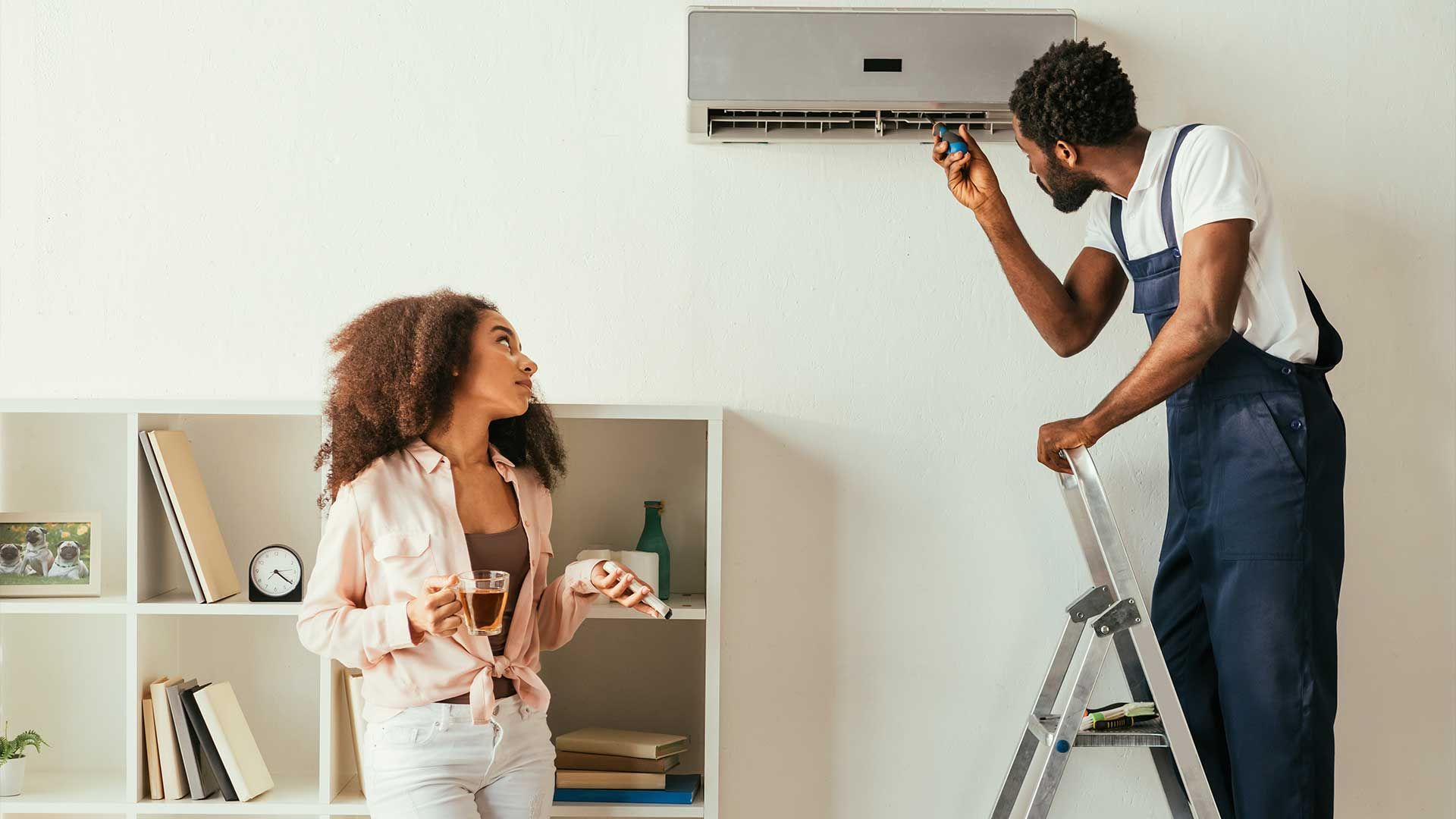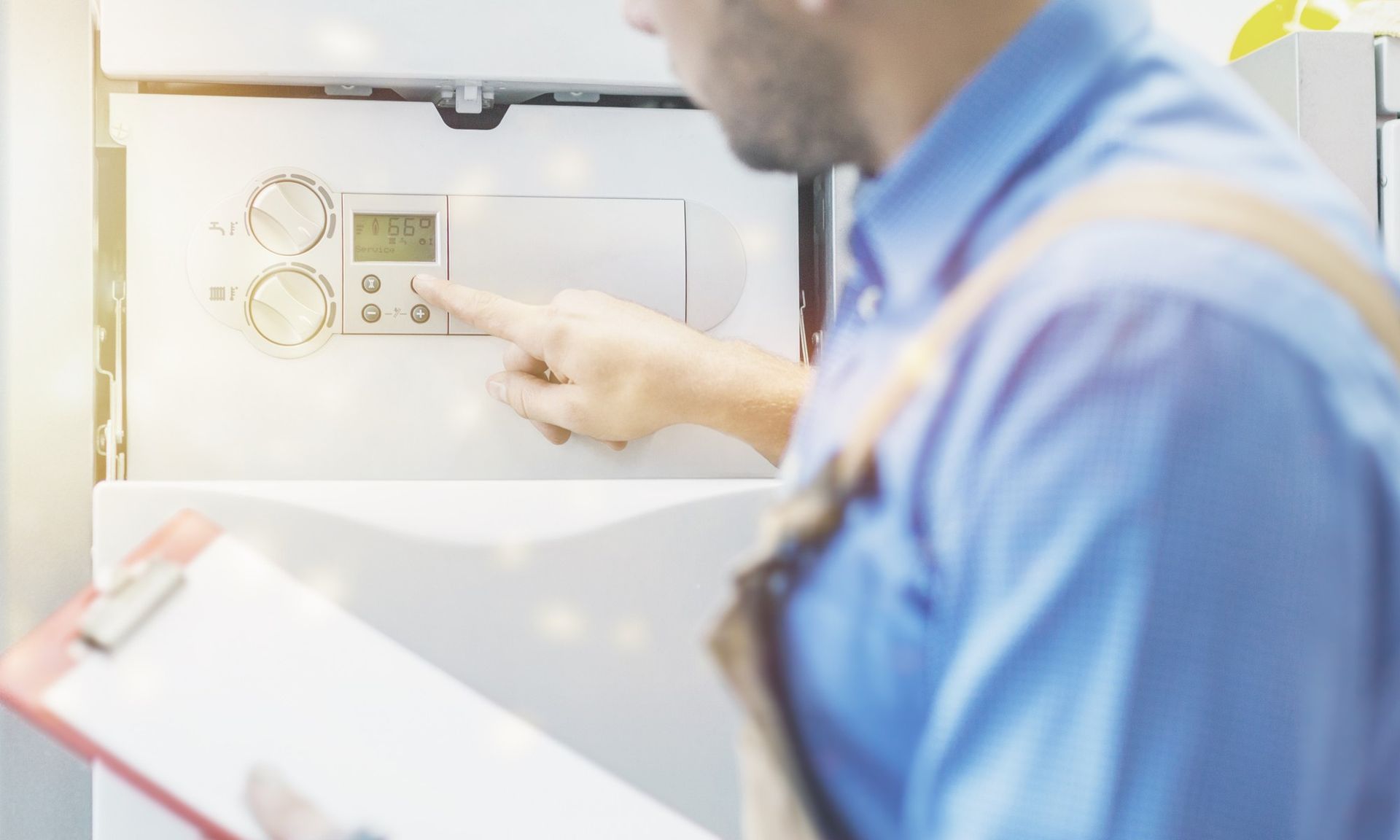How Smart Thermostats are Changing the Face of Home Automation
In the realm of home automation, one device has taken center stage in revolutionizing how we interact with our living spaces: the smart thermostat. These sophisticated devices have not only modernized the way we control our home's temperature but also how we manage our energy consumption, understand our living habits, and enhance our overall home experience. In this article, we'll into the transformative world of smart home thermostats and the monumental changes they've ushered into home automation.
The Basics: What Makes a Thermostat "Smart"?
At its core, a thermostat is a device designed to maintain a desired temperature in a space. Traditional thermostats have been around for decades, and their main function is to allow users to manually set and adjust their home's temperature. So, what gives a thermostat its "smart" moniker?
- Connectivity:
Smart thermostats are connected devices, typically integrating with your home's Wi-Fi network. This connectivity allows them to be controlled remotely through dedicated apps on smartphones, tablets, or computers, making it convenient for users to adjust settings from anywhere.
- Learning Capability:
Unlike traditional thermostats that require manual setting, many smart thermostats have the ability to "learn" from a user's behavior over time. After a week or so of manual adjustments, these devices begin to recognize patterns in your routine and can autonomously adjust the temperature based on your habits.
- Sensors Galore:
Smart thermostats are often equipped with an array of sensors. These can detect factors like humidity, occupancy, and even light levels. For instance, occupancy sensors allow the thermostat to know when no one is home, and it can adjust the temperature settings to save energy.
- Real-Time Data Integration: These thermostats can adjust settings based on real-time data. For instance, by accessing local weather forecasts, a smart thermostat can prepare your home for an unexpectedly hot afternoon or a sudden cold snap, ensuring optimal comfort.
- Energy Monitoring:
Smart thermostats often come with features that monitor and report energy usage. This can be presented in a comprehensible manner on the device's display or through its app, allowing homeowners to understand their consumption patterns and make informed adjustments.
- Integration with Home Automation Platforms: Beyond standalone features, many smart thermostats can be integrated with popular home automation platforms like Apple's HomeKit, Google's Home, or Amazon's Alexa. This allows for coordinated actions, such as having the lights turn off and the thermostat adjust when you leave home.
- Voice Control & Compatibility: With the rising popularity of voice-controlled virtual assistants, many smart thermostats now allow users to adjust temperature settings through voice commands. Want to increase the heat without leaving your cozy bed? Just ask!
- Regular Software Updates: Just like smartphones and computers, smart thermostats receive software updates. These updates can introduce new features, improve energy-saving algorithms, or fix any known bugs, ensuring the device stays current and continually improves over time.
By integrating advanced technology and offering a suite of features that go beyond basic temperature regulation, smart thermostats truly represent the evolution of home climate control, positioning themselves as central players in the broader world of home automation.
Energy Efficiency and Cost Savings
One of the primary reasons homeowners are making the switch to smart thermostats is the enticing promise of enhanced energy efficiency and the subsequent savings on utility bills. But how do these innovative devices make such a difference? Here's a closer look:
- Adaptive Learning:
As mentioned, smart thermostats can "learn" your daily routines. By understanding when you typically leave for work, return home, or go to bed, the thermostat can ensure that you're not wasting energy heating or cooling an empty house or an occupied bed.
- Geofencing:
Some smart thermostats use geofencing technology. By using your smartphone's location, the thermostat knows when you're leaving or approaching your home. This ensures the heating or cooling process begins just in time for your arrival, maximizing efficiency without compromising comfort.
- Energy Reports:
Many smart thermostats provide detailed energy consumption reports. By understanding peak energy usage times and identifying patterns, homeowners can adjust their behavior or settings to maximize savings.
- Demand Response Programs: In certain areas, utility companies offer demand response programs, where they communicate directly with connected devices, like smart thermostats, during peak demand times. By participating, homeowners can allow minor adjustments to their home's temperature, helping to stabilize the grid and often receiving financial incentives in return.
- Airflow Optimization:
Advanced algorithms in smart thermostats can analyze the efficiency of your
HVAC system and optimize airflow. By ensuring your system operates at peak efficiency, these thermostats can reduce energy consumption and elongate the lifespan of the HVAC system.
- Seasonal Adjustments: Smart thermostats can make automatic adjustments based on the season. For instance, during the transitional periods between seasons, the device can use its sensors and real-time weather data to make micro-adjustments that can lead to significant savings over time.
- Vacation Modes: Rather than just turning off your
HVAC system when you're on vacation, smart thermostats offer a "vacation mode." This mode maintains a minimal energy-consumption level that protects your home (like preventing pipes from freezing) while ensuring you're not wasting energy.
- Feedback Mechanisms:
Many smart thermostats have interactive displays or app notifications that alert users when they're making energy-efficient choices or when there's a potential for more savings. This immediate feedback can be instrumental in shaping energy-conserving habits.
- Integration with Other Devices: Coupling smart thermostats with other smart devices, such as blinds or fans, can lead to further energy savings. For instance, during a particularly sunny day, the thermostat could signal the blinds to close, reducing the need for cooling.
The collective result of these features and functionalities is not just a slight reduction in energy bills. Over time, the savings can be substantial, offsetting the initial investment in the device and then some. Beyond personal savings, the wider adoption of such energy-efficient devices contributes to broader environmental benefits, reducing the carbon footprint of households and lessening the strain on the energy grid.
Seamless Integration with Other Smart Devices
The beauty of home automation lies in the interconnectedness of devices, and smart thermostats are no exception. These devices can seamlessly integrate with other smart home systems, such as lighting, security systems, and even smart speakers.
Imagine this scenario: Your smart home thermostat detects that you're on your way home through geolocation. It then communicates with your smart lighting system to turn on the lights, and perhaps even signals your smart oven to start preheating. Such integrations are turning homes into truly intelligent environments, adapting and responding in real-time to the needs and preferences of their occupants.
Enhanced Comfort and Convenience
Beyond savings and efficiency, smart home thermostats are significantly enhancing the comfort levels of homes. With features like voice control, homeowners can adjust the temperature without lifting a finger. Going on a vacation? No need to fiddle with settings; just inform your smart thermostat, and it will enter an 'away' mode, ensuring that energy isn't wasted while you're gone.
Moreover, with the ability to access and control your thermostat from anywhere in the world, the convenience offered by these devices is unparalleled. Forgot to adjust the temperature before leaving for a weekend trip? A few taps on your smartphone, and your smart thermostat takes care of it.
Data-Driven Insights
Smart home thermostats are not just about control; they're also about understanding. These devices provide homeowners with detailed insights into their energy usage patterns, breaking down consumption by days, weeks, or even months. With this data, homeowners can pinpoint areas of excessive energy use and implement changes to enhance efficiency further.
Such data-driven insights are also expanding the horizons of home automation, with developers constantly innovating and designing features that cater to the nuanced needs and habits of homeowners.
Conclusion
The integration of smart thermostats into the home automation landscape is more than just a trend—it's a significant shift in how we perceive and interact with our living environments. These advanced home thermostats are not merely devices that regulate temperature; they're central figures in the narrative of modern homes, championing energy efficiency, convenience, and a heightened sense of comfort.
For those residing in Rock Hill, SC, understanding and implementing this tech revolution in their homes is made easier with expert service providers in the field. Reid Heating & Air, Inc., renowned for their
quality service and expertise, stands out as the top choice for local residents. With a quick call to
(803) 366-1855, homeowners can access the best in thermostat installation, guidance, and maintenance.
As technology continues to evolve, it's clear that smart thermostats will remain at the forefront of the home automation revolution, shaping the future of living spaces worldwide and reinforcing the significance of intelligent design in our everyday lives.
